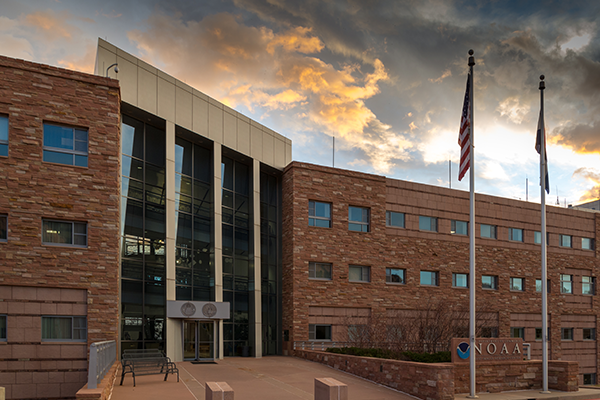
ARCTIC AMPLIFICATION: The Role of Mixed-Phase Clouds
Manfred Wendisch
University of Leipzig, Leipzig Institute for Meteorology, Germany
Wednesday, Apr 18, 2018, 2:00 pm
DSRC Room 1D403
Abstract
Within the last 25 years a remarkable increase of the Arctic near–surface air temperature exceeding the global warming by a factor of two to three has been observed. This phenomenon is commonly referred to as Arctic Amplification. The Arctic climate has several unique features, for example, the mostly low solar elevation, regularly occurring polar day and night, high surface albedo, large sea ice covered areas, an often shallow atmospheric boundary layer, and the frequent abundance of low–level mixed–phase clouds. These characteristics influence the physical and bio–geochemical processes (such as feedback mechanisms of water vapor, clouds, temperature, and lapse–rate), atmospheric composition (trace gases, aerosol particles, clouds and precipitation), as well as meteorological (including energy fluxes) and surface parameters. In addition, meridional atmospheric and oceanic transports and exchanges between ocean, troposphere, and stratosphere largely control the Arctic climate. Although many individual consequences of changes in the above parameters and processes are known, their combined influence and relative importance for Arctic Amplification are complicated to quantify and difficult to disentangle. As a result, there is no consensus about the mechanisms dominating Arctic Amplification.
To improve this situation the scientific expertise and competency of several German research institutes and three universities are combined in the framework of the Transregional Collaborative Research Centre TR 172. Observations from instrumentation on satellites, aircraft, tethered balloons, research vessels, and a selected set of ground–based sites are being integrated in dedicated campaigns and long–term measurements. The field studies are conducted in different seasons and meteorological conditions, covering a suitably wide range of spatial and temporal scales. They are performed in an international context and in close collaboration with modelling activities.
In particular the presentation will investigate the role of clouds in the Arctic climate system focusing on their radiative effects. Results of the recent, combined field campaigns ACLOUD and PASCAL will be discussed. The measurement strategy, major instrumentation and highlight topics of the preliminary data analysis are presented. These topics include (i) the multi-mode structure of the terrestrial and solar radiative budget below mixed-phase clouds and respective comparisons with high-resolution simulations with the current numerical weather prediction model operationally used by the German Weather Service, (ii) the radiative forcing of low-level clouds from airborne observations, (iii) aerosol, cloud and precipitation measurements, as well as resulting scientific questions.
You must provide an accepted form of identification at the Visitor Center to obtain a vistor badge. Security personnel also inspect vehicles prior to entrance of the site. Please allow extra time for these procedures.
After receiving a badge, you must arrive at the DSRC Lobby at least 5 minutes before the seminar starts to meet your security escort. If you arrive after that time, you will not be allowed entry.
Foreign Nationals: Please email the seminar contact at least 48 hours prior to the seminar to provide additional information required for security purposes.
Seminar Contact: Robbie.Desen@noaa.gov